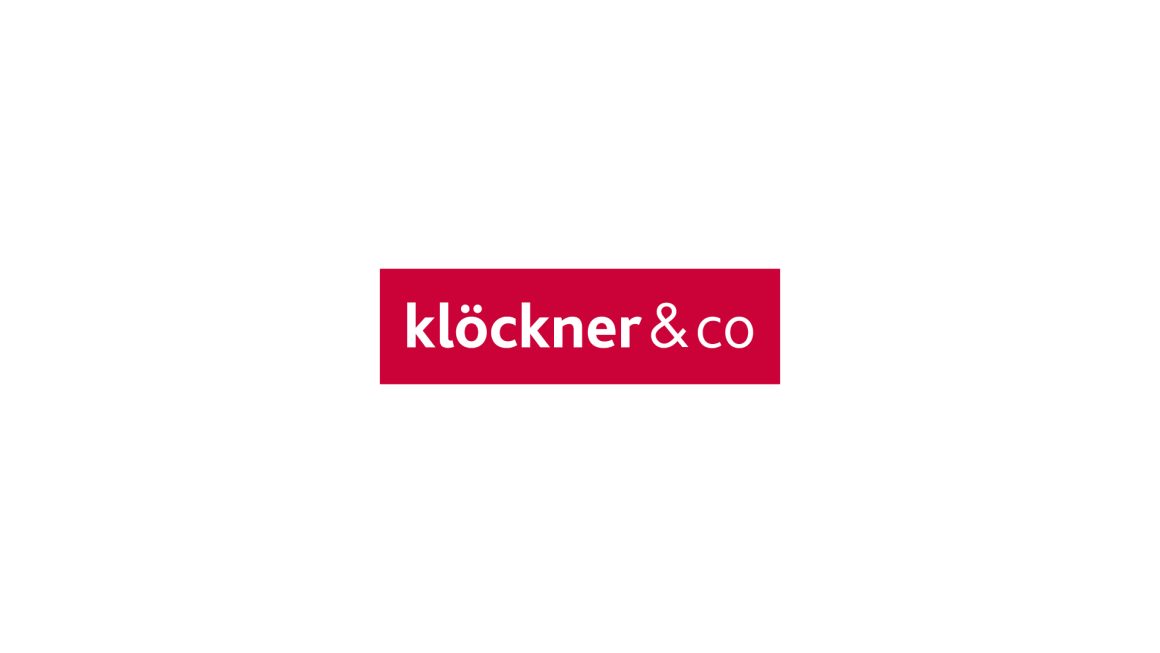It was a Thursday evening on an August day in 2011 when Gisbert Rühl, the CEO of Klöckner & Co., was sitting in his office in the company’s headquarters in Duisburg, Germany. He had already had a stressful week with a tough analyst call, and a strategy meeting about potential adjustments to Klöckner’s business model. It was the strategy meeting, which was about the future of Klöckner, that worried him most. He wondered what the future would look like, and whether there even was a future for a traditional steel trader in the age of e-commerce. He had just steered the supertanker through the stormy seas churned up by the financial crisis that began in 2008/2009. In the early stages of that crisis, some of his colleagues at other companies thought the end of the world was nigh. In those days, there was no time to think about the longer-term challenges facing the steel trading business, or about the industry’s inefficiencies, which he had been concerned about for quite some time. But now, having weathered the financial crisis, Gisbert Rühl had the feeling that the questions being raised about the future of Klöckner’s business model were not going to go away, and that the pressure to make difficult decisions was mounting – decisions that could involve radical changes. The long-term survival of the company was at stake, and on this particular evening, Klöckner’s CEO had no clear idea of how to cope with these looming problems. Can you imagine yourself leading one of the largest steel trading companies in the world, while not knowing how to ensure that your company will continue to be a relevant player in the digitized, platform-driven future?


